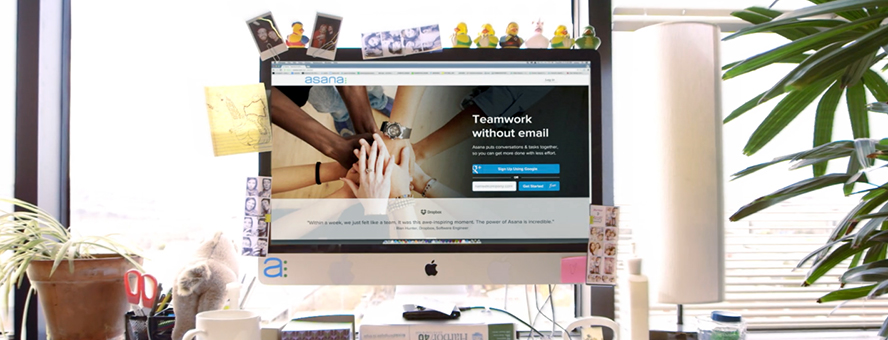Prioritization: Less IS more

We all have a tendency to keep adding to our to-do lists; we often hear a voice that says, “Do more,” as if doing more equates to the value of work we’re producing. But this is a flawed strategy: taking on more has diminishing returns. You may get overworked, burn out, or feel chronically stressed by the scope of projects you’re taking on.
No person or team can do everything. Instead of doing more, you can learn when to stop: when adding work no longer adds significant value (just before the curve above turns downward). You and your team will gain insight into what work is most impactful and, ultimately, you’ll be more focused and productive.
Science says, “do less”
Leaving the office no longer means leaving work
There used to be an easy check against constantly doing more: going home. But now that many of us can work from anywhere, leaving the office no longer means “leaving work.” While working all the time has become the new normal, both science and common sense say this is completely unsustainable.
The negative effects of constantly working are clear: More than 80 percent of Americans are stressed at work. Adults aged 18-33 experience more stress than any other age group, with work being the top reported source of stress according to a 2013 survey.
Prioritization shouldn’t be this complicated
There is no shortage of advice about how to prioritize. But typically, advice and frameworks (like the diagrams below) don’t help you make decisions during crunch time, when deciding what your team needs to get done today, this week, or this month is crucial.

Coaches and productivity experts have developed charts, graphs, and matrices to help you prioritize, but prioritization shouldn’t be this complicated!
3 Ways to prioritize your day
1. Start by setting goals
Start by thinking about what you’re doing and why. Set and record goals with your team for a specific time period. Make these goals accessible, so everyone can refer back to them frequently.
Get into a habit of evaluating your work and tasks in the context of your team’s goals. Your top priorities should align with these goals and help you get one step closer to achieving them. Once goals become the common decision-making framework for your team, it will be completely reasonable to say, “This is a great idea, but isn’t a priority for this time period. Let’s save this for later when we are focused on that goal.”
Asana Tip: Track high-level goals, and every step between now and the successful completion of the goal, in Asana.
2. Keep your daily task list clutter free
Once your team is clear about the high-level goals, start prioritizing your tasks. Narrow down your daily task list to just 3 to 5 items (unless your tasks are very small).
Asana Tip: Use Today, Upcoming, and Later sections in your My Task List in Asana to plan exactly what you’ll work on each day. This process should just take just a few minutes each day.
Consider these questions as you prioritize your tasks:
- Does this task directly support the goals we set for this time period?
- What do I absolutely have to accomplish today?
- When does this need to get done by?
- Am I excited about this?
- Is my team excited about this?
- Do I have the energy and brainpower required to do this effectively today/right now?
Once you have your task list set for the day, you will find that you are more productive, effective, and at ease when you start working.
3. Get more done
Once you have an uncluttered plan for the day, get started on your work. Getting going might be the most challenging “task” of all, since your highest-priority task may be what you are resisting the most. To move from procrastination to action, try breaking the task into smaller parts or reflecting on why you are avoiding the work.
“I’ve found an indispensable three-step process for reliably moving from procrastination to action: (1) face whatever I’m putting off, (2) be honest with myself or a friend about why it’s uncomfortable, and (3) identify one easeful next step.” Justin Rosenstein, Asana co-founder, How to Overcome Procrastination by Facing Discomfort on Linkedin
Leave room in your planning for unexpected tasks
Throughout the day, you’ll encounter distractions and hurdles that will lure you from your task list. Leave room in your planning for unexpected tasks, but feel empowered to respond to requests for your time by citing your priorities and team goals. Instead of saying, “I’m too busy,” say, “I would love to work on this, but I’m focused on goal X this week.”
Mastering the art of prioritization is one of the best ways to achieve more. By dedicating yourself to what’s most important to your team and eliminating the other options, you’ll be more productive, more valuable to your team, and have more time to relax.
(Credit: Asana)
